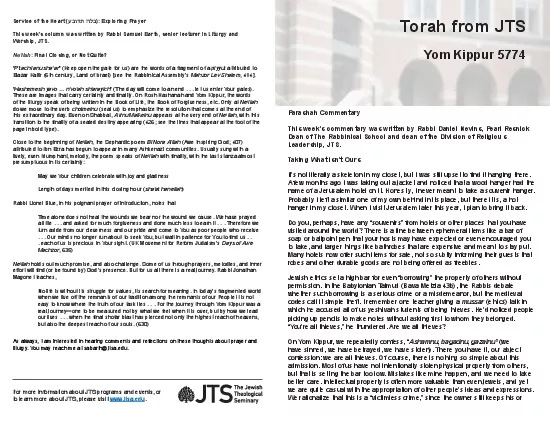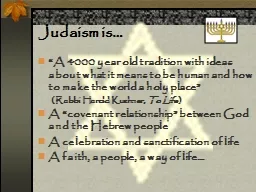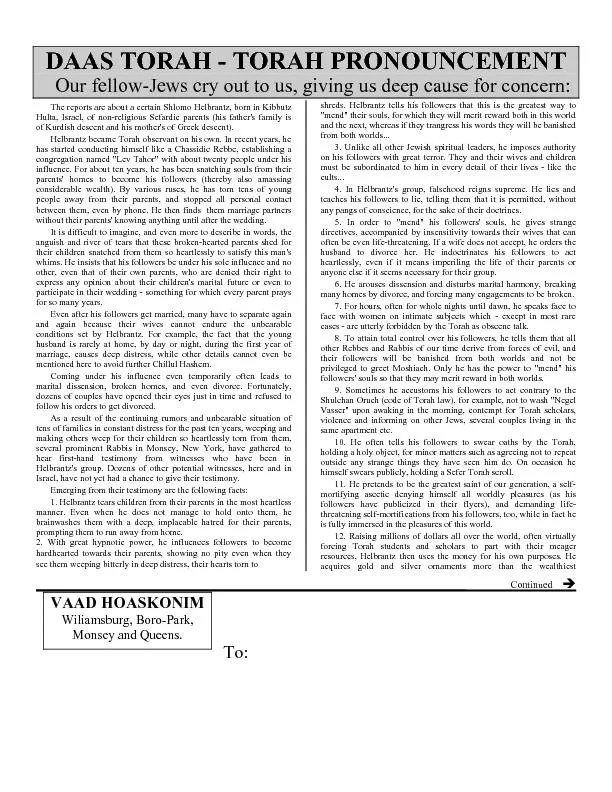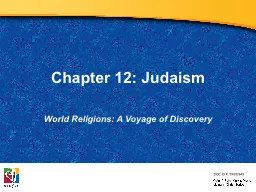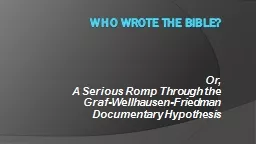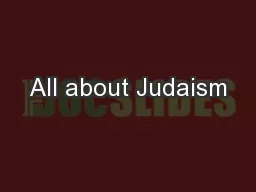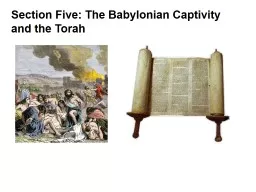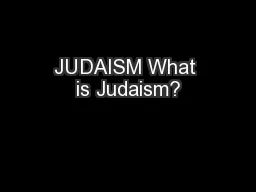PDF-Torah from JTS
Author : cappi | Published Date : 2021-08-08
Yom Kippur 5774This weeks commentary was written by Rabbi Daniel Nevins Pearl Resnick Taking What Isnt OursIts not literally a skeleton in my closet but I was still
Presentation Embed Code
Download Presentation
Download Presentation The PPT/PDF document "Torah from JTS" is the property of its rightful owner. Permission is granted to download and print the materials on this website for personal, non-commercial use only, and to display it on your personal computer provided you do not modify the materials and that you retain all copyright notices contained in the materials. By downloading content from our website, you accept the terms of this agreement.
Torah from JTS: Transcript
Download Rules Of Document
"Torah from JTS"The content belongs to its owner. You may download and print it for personal use, without modification, and keep all copyright notices. By downloading, you agree to these terms.
Related Documents

